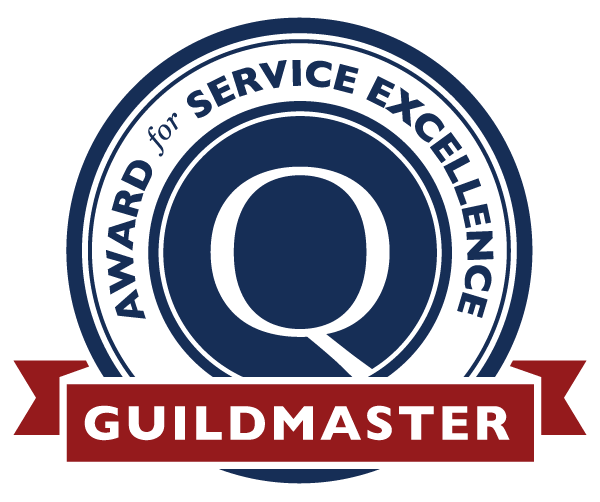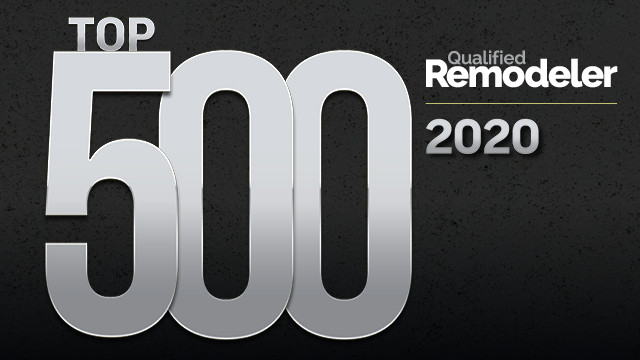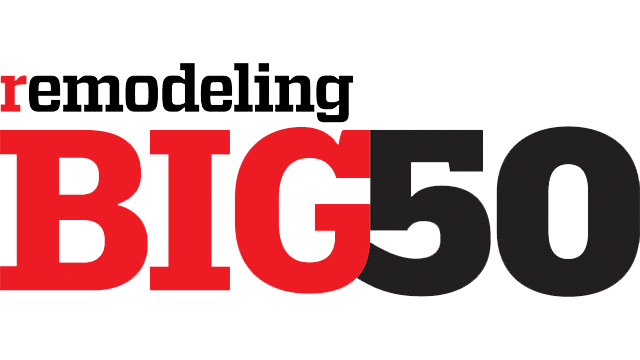Call Us Today
All Cabinets Are Not Equal
Whenever a kitchen or bathroom update is considered, cabinetry is usually a major part of the equation. The cabinet’s appearance and style are often the factors used to determine which cabinets to buy. Although the way a cabinet looks is very important, there is more than meets the eye in a wise cabinet purchase. The materials used in constructing the cabinets, the hardware, and even the cabinet design itself will make a lot of difference for you as you use the cabinetry day-in and day-out over the years.
I’d like to challenge you to take this little crash course in cabinet construction, so that you’ll better know how to understand the value of the different kinds of materials and construction methods used. When you finish this very brief introduction to the most common kinds of materials used to build cabinet boxes, I’ll invite you to take a field trip to look at some cabinets close-up and personal to see what they are really made of.
Cabinet boxes are typically made from particle board, MDF (medium density fiberboard), plywood, or solid wood. When you look at the surface of a cabinet wall, you may be fooled as to what the material actually is. It may look like real wood, and you’ll even be able to see wood grain. But it may just be a very thin wood veneer or vinyl laminate covering up the actual material and giving a wood-like appearance. If you look at the ends of the pieces, you will often be able to tell what the actual material is.
The first thing to look for in a cabinet box is dimensional stability, or rigidity. You don’t want your cabinet to warp, shift, or lose its shape. If a cabinet frame is weak in this area, it will soon lose its shape and soon the doors won’t fit properly. Particle board, MDF, and plywood are known for their dimensional stability. Solid wood is rarely used for the box itself because of its tendency to warp. Plywood consists of thin veneers, or wood plies, bonded together at varying angles. This often makes it the product of choice for dimensional stability.
Another important consideration is the handling of moisture. A major drawback of particle board and MDF is that they are susceptible to damage from water or liquids. They easily swell and lose their strength when moisture is present. If you are using one of these products, make sure they are properly finished and sealed to prevent this kind of damage.
Although we are concentrating on structure here, appearance remains an important factor. Basically, the most obvious disadvantage of particle board and MDF is that they don’t look very attractive in themselves. That’s why these products are usually covered over on all visible surfaces with a veneer or laminate. In cheaper versions of these products the coverings may peel or swell. If authenticity is the goal, these products may not score very highly. However, there are applications, such as with high-end contemporary Euro-style cabinetry, where an MDF material is covered with Thermofoil, a thin vinyl wrapping, to create an extremely high-luster look. This can be very appealing!
When you look at the ends of a piece of plywood, you can see the various layers, so it doesn’t have quite the look and feeling of authenticity as solid wood. However, since the final layer of veneer is usually an actual piece of wood, it does look authentic on the surface. This is why it works well for the interior of the box. For the doors, however, solid woods are often used because they are visible from all sides.
Another consideration is whether or nor the products are healthy within our home environment, as well as environmentally-friendly. Particle board and MDF are manufactured, or engineered, products bonded together through the use of adhesives. Cheaper versions of these products can give off formaldehyde vapors, which are neither healthy or friendly to the environment. As for solid wood, hardwoods are often more difficult to replenish.
The final consideration, of course, is cost. Generally particle board and MDF will be the least expensive of your options. As you move to plywood and solid woods, the cost portion of the equation becomes mingled with many of the other options that you will be selecting. A soft wood is very easy to work and rather inexpensive to produce, but is more susceptible to moisture and warping. On the other hand, the harder the wood, the more durable it is, but generally more expensive because it is more difficult to grow and work with.
I would recommend that you stop at one of the local box stores, and with this basic information look closely at some of the cabinetry on display. Determine what kind of materials are used. Look at the joints. Are they stapled? Do you see any dovetail joints? How are the corners stabilized? How are the sides braced? Think about the finish. How is it applied? What kind of options are offered?
Then come to the Westside showroom and ask one of the designers to show you the features of the cabinetry on display here. See the kinds of materials that are used. Look at the way the cabinets are braced. Ask about the available finishes. Find out how those finishes would be applied. Through our years of experience, we at Westside Remodeling have teamed up with manufacturers in whom we have confidence that they won’t disappoint. They are manufacturers who have strict quality standards for the materials used, a respect for the environment, and an impressive selection of styles and finishes.
Transform Your Conejo Valley Home with Westside Remodeling
Book your free design consultation today and experience Westside’s award-winning service.
CONTACT INFO
Phone: 805-499-4121
HOURS
Showroom Visits By Appointment




